Are you looking for Unsecured Credit Cards for Bad Credit No Checking Account? If Yes, You are at the right place.
A bad credit card without a security deposit can help you borrow money for emergency expenses when you have bad credit. You may need help finding a credit card with suitable terms if you have a checking account and good credit. Many traditional banks require working credit scores and checking accounts to approve credit card applications, making it difficult for many people to access credit.
It is possible, however, to obtain an unsecured credit card even if you do not have a checking account and do not have good credit. With these cards, you can rebuild your credit and use them without a checking account or a security deposit.
This article explores the best unsecured credit cards for bad credit that don’t require a checking account. The following guide will provide you with an overview of their features, benefits, and potential drawbacks so that you can make an informed decision. Understanding your options is essential to find the credit card that meets your needs and improves your financial situation.
What Is an Unsecured Credit Card?
Unsecured credit cards are traditional ones that do not require a deposit or collateral. If your credit is bad, you will most likely not be eligible for a premium unsecured credit card. An unsecured card is a good option if you have bad credit, so select one specifically for those with bad credit. These cards typically don’t require a deposit but don’t offer rewards or other benefits. Additionally, they may sometimes charge an annual fee and a monthly fee.
Types of Unsecured Credit Cards
Unsecured credit cards are available in various types, but most require an average, fair, or good credit score. Among those that remain, some are ideal for rebuilding credit, and some reward you with cash back. Some have features and benefits aimed at travelers.
An alternative source of credit information will be used to establish an unsecured credit card for people with bad credit. It enables card issuers to offer credit to people with poor credit without charging as many fees as those who only use traditional credit reports and credit scores.
What is an Unsecured Credit Card for Bad Credit?
A bad credit card is designed specifically for people with poor credit. There are many credit cards for people with bad credit, but most require a refundable security deposit. Some unsecured cards do not require a refundable security deposit; however, many charge a hefty annual fee.
What Is a Checking Account?
Checking accounts are bank accounts that allow you to withdraw and deposit cash. Checking accounts can also be used for electronic transfers and purchases online or in person. The purpose of a checking account is usually to cover everyday expenses, such as rent, utilities, and medical bills.
How Do Checking Accounts Work?
A checking account is sometimes called a “share draft account” at a credit union. Depositing and withdrawing money from these accounts meets your short-term cash needs. You can add money through paychecks, cash gifts, transfers, or direct deposits. If you want to withdraw money in person or online, you can use checks, electronic transfers, ATMs, or debit cards. Checking accounts generally allow you to set up automatic bill payments.
Top 5 Unsecured Credit Cards for Bad Credit No Checking Account
Here are the top 5 Unsecured Credit Cards for Bad Credit No Checking Account
Milestone Gold Mastercard
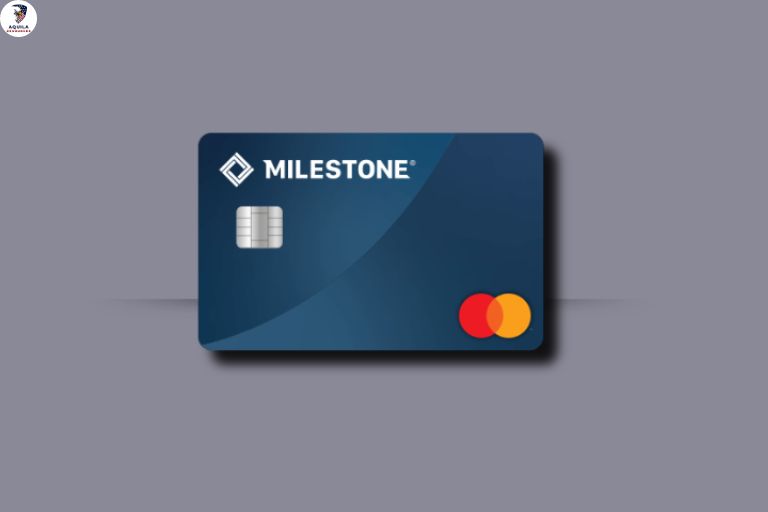
Milestone Gold Mastercard is explicitly designed for people with less-than-perfect credit, including those with bankruptcy on their credit history. There is no need to open a checking account for approval, and the application process is straightforward. This card does not require a security deposit, which is ideal for those looking to rebuild their credit.
Features:
- Annual Fee: $35-$99, based on your creditworthiness.
- APR: 24.90% fixed.
- Credit Limit: Typically starts at $300.
- No Rewards: This card does not offer rewards.
- Late Payment Fee: Up to $40.
- Foreign Transaction Fee: 1% of each transaction in U.S. dollars.
Pros:
- Pre-Qualification: This allows you to check your eligibility without affecting your credit score during the initial application process.
- No Security Deposit: This card does not require a security deposit, so it is more readily available for those who do not have immediate funds to deposit.
- Flexible Payment Options: Money orders can be used to make payments, making them more convenient for those who do not have checking accounts.
- Credit Bureau Reporting: Your card will report to all three major credit bureaus (Experian, Equifax, and TransUnion), which is vital for establishing or rebuilding your credit history.
- Acceptance: Mastercards are accepted worldwide at millions of locations.
Cons:
- High Annual Fee: Your credit score can determine whether the annual Fee is $99, so maintaining the card can be costly.
- High APR. The relatively high interest rate can be costly to carry a balance. To avoid paying high-interest charges, pay off your balance in full each month.
- No Rewards: This card offers no rewards or cash back, so there are better choices for those who want to earn rewards on their purchases.
- Late Payment and Foreign Transaction Fees: Cardholders are charged fees for late-payments and foreign transactions, which can add to the cost.
Total Visa Unsecured Credit Card
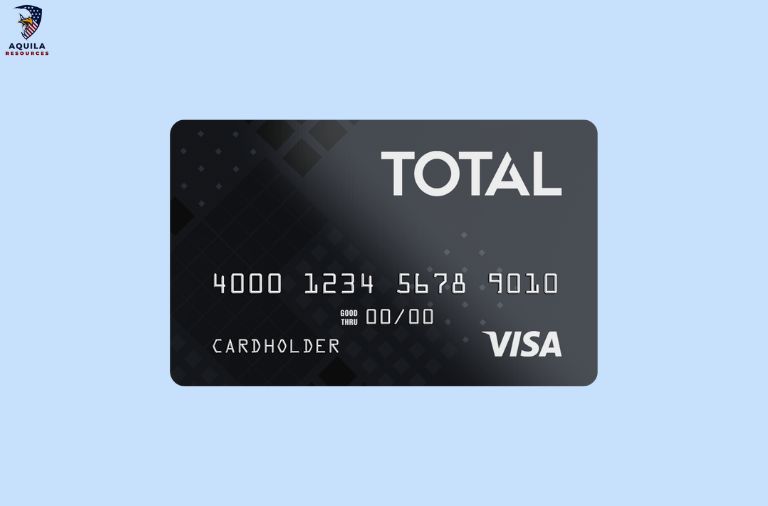
The Total Visa Unsecured Credit Card is designed for individuals who have poor credit and are rebuilding or building their credit history. This company offers a simple application process that does not require a checking account. It is designed specifically for those who have had trouble getting approved for other credit cards.
Features:
- Annual FeeFee: $75 in the first year, $48 after that.
- APR: A fixed rate of 34.99%.
- Credit Limit: $300 credit limit initially.
- No Rewards: There are no rewards with this card.
- One-Time Program Fee: $89.
- Monthly Servicing Fee: $75 per year (billed at $6.25 monthly after the first year).
- Late Payment Fee: Usually up to $40.
- Foreign Transaction Fee: 3% of each transaction in U.S. dollars.
Pros:
- Easy Application: Applicants with poor credit can apply quickly and easily, and their applications are usually approved quickly.
- No Security Deposit: Since it’s an unsecured card, no security deposit is required, making it accessible to people without any funds.
- A Flexible Payment Option: Money orders can be used for payment, making it convenient for those without checking accounts.
- Reporting to Credit Bureaus: If this card is used responsibly, your credit history will be reported to all three major credit bureaus.
- Suitable for Bankruptcy Filers: This card is still available to people who have filed for bankruptcy.
Cons:
- High APR: It is costly to carry a balance with interest rates as high as 34.99%. To avoid high interest charges, pay off your balance each month in total.
- Various Fees: The card requires a one-time program fee, a monthly service charge after the first year, and an annual service charge.
- Low Credit Limit: $300 is the initial credit limit, which may need more for large purchases or emergencies.
- No Rewards: This card offers no rewards or cash back, so it’s not a good choice for those who want to earn rewards on their purchases.
- Late Payment and Foreign Transaction Fees: Late payments and foreign transactions can increase costs if the card is not managed carefully.
Indigo Platinum Mastercard
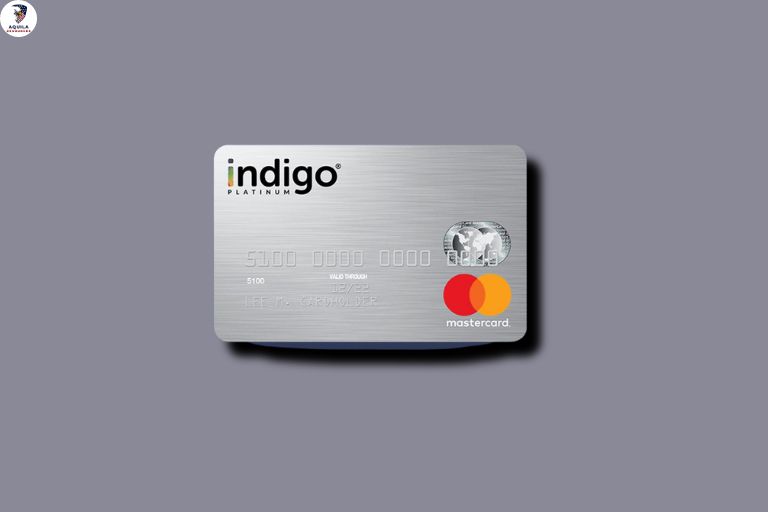
Indigo® Platinum Mastercard® is designed for people with bad credit, including those who have been bankrupt. The application process is easy and does not require a checking account. This card is a good choice if you want to rebuild your credit without a security deposit.
Features:
- Annual FeeFee: $0-$99, depending on creditworthiness.
- APR: 24.90% fixed rate.
- Credit Limit: Generally starts at $300.
- No Rewards: There are no rewards with this card.
- Late Payment Fee: Usually up to $40.
- Foreign Transaction Fee: 1% of each transaction in U.S. dollars.
Pros:
- Pre-Qualification: Determining your eligibility without requiring a hard inquiry on your credit report protects your credit score.
- No Security Deposit: This account does not require a deposit, making it more accessible to those without immediate funds.
- Flexible Payment Options: Money orders can be used for payment, making it convenient for those without checking accounts.
- Credit Bureau Reporting: Provides reports to all three major credit bureaus, assisting in the building and rebuilding credit histories.
- Accessible to Bankruptcy Filers: This card is still available to people who have filed for bankruptcy.
- Acceptance: This card is widely accepted at millions of locations worldwide since it is a Mastercard.
Cons:
- High Annual Fee: Annual fees can reach $99, depending on your credit score. This increases the card’s maintenance costs.
- High APR: Due to the high interest rate, it is advisable to avoid carrying a balance to avoid high-interest charges.
- No Rewards: This card offers no rewards or cash back, so it’s not a good choice for those who want to earn rewards on their purchases.
- Low Credit Limit: $300 is the initial credit limit, which may need to be increased for large purchases or emergencies.
- Late Payment and Foreign Transaction Fees: Cardholders are charged fees for late-payments and foreign transactions, which can add to the cost.
Credit One Bank Platinum Visa
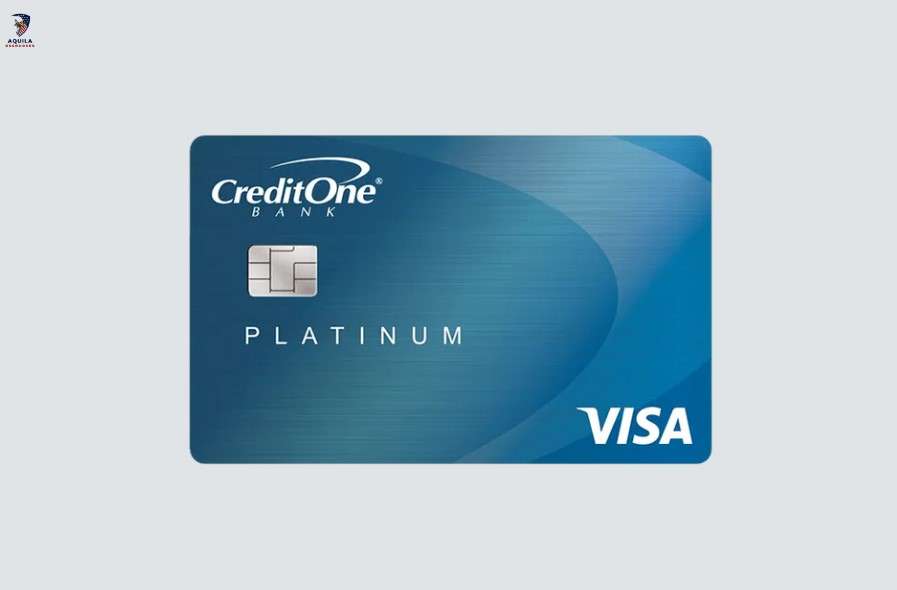
Platinum Visa® from Credit One Bank® is an unsecured credit card for individuals with poor to fair credit ratings. You do not need a checking account to participate in the program; it offers some rewards. The card offers cash back on eligible purchases while rebuilding your credit.
Features:
- Annual Fee: From $0 to $99, based on your credit rating.
- APR: 28.49% based on a variable rate.
- Credit Limit: Usually ranges from $300 to $500.
- Rewards: Earn 1% cashback when you buy gas, groceries, or mobile phone service.
- Credit Line Increase: This is possible if responsible use is maintained.
- Late Payment Fee: Up to $39.
- Foreign Transaction Fee: 3% of each transaction in U.S. dollars.
Pros:
- Credit Score Tracking: Tracks your credit building and rebuilding progress with free access to your Experian credit score.
- Pre-Qualification: This allows you to determine if you qualify without triggering a hard inquiry on your credit report.
- No Security Deposit: This card is unsecured, so it does not require a deposit, making it more accessible for those who lack the funds to pay.
- Flexible Payment Options: Money orders can be used to make payments, which is convenient for people without a checking account.
- Credit Bureau Reporting: Provides reports to all three major credit bureaus, assisting in the building and rebuilding credit histories.
- Rewards Program: Your purchases will earn 1% cash back as a reward, so you can start getting some value back on your money.
- Acceptance: It can be used at millions of locations worldwide because it’s a Visa card.
Cons:
- High Fees: Cards may have high annual fees, monthly fees, or foreign transaction fees, all of which add to the costs associated with maintaining them.
- High APR: Keeping a balance can become expensive due to the high interest rate. To avoid high interest charges, pay the balance in full monthly.
- Limited Rewards: The card offers 1 percent cash back, but its rewards program is less robust than other cards that charge higher cashback rates or provide additional perks.
- Late Payment Fees: It is possible to incur additional fees if you fail to manage the card carefully if you make late payments.
Fortiva Mastercard Credit Card
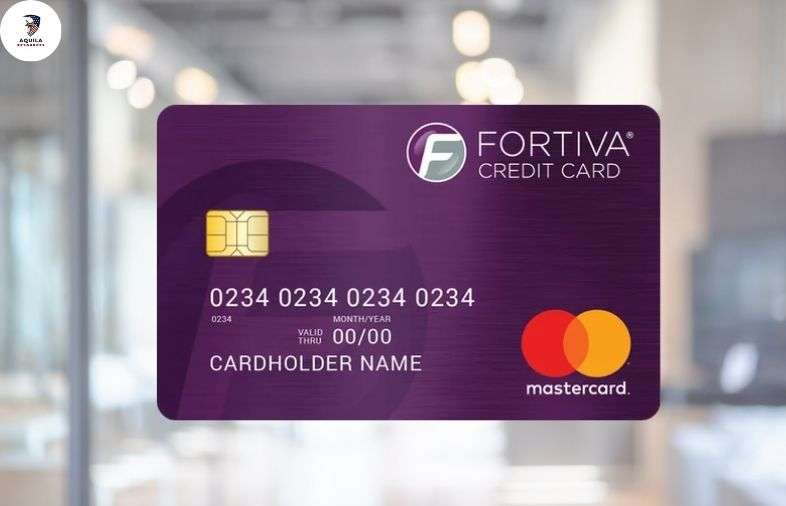
This Fortiva Mastercard Credit Card is designed for people with less-than-perfect credit. It has a straightforward application process and does not require a checking account. Credit rebuilding is possible with this card, and cash can be earned back on eligible purchases.
Features:
- Annual FeeFee: $49-$175 for the first year and $0-$49 after that.
- APR: 29.99% plus variable fees.
- Credit Limit: Usually between $300 and $1,000.
- Rewards: Earn 3% cash back on gas, groceries, and utilities; 1% on everything else.
- Credit Line Increase: This is possible if responsible use is maintained.
- Late Payment Fee: Up to $40.
- Foreign Transaction Fee: 3% of each transaction in U.S. dollars.
Pros:
- Pre-Qualification: Determining your eligibility without requiring a hard inquiry on your credit report protects your credit score.
- No Security Deposit: This card is unsecured, so it does not require a deposit and is more accessible for those who lack the funds to pay.
- Flexible Payment Options: Money orders can be used for payment, making it convenient for those without checking accounts.
- Credit Bureau Reporting: Provides reports to all three major credit bureaus, assisting in the building and rebuilding credit histories.
- Rewards Program: You can earn 3% cash back on eligible gas, grocery, and utility purchases and 1% on all other purchases, providing you with significant value.
- Credit Line Increase: These credit lines can increase with responsible use, increasing your credit score and reducing your credit utilization rate.
- Acceptance: This card is widely accepted at millions of locations worldwide since it is a Mastercard.
Cons:
- High Fees: The card comes with a high annual fee for the first year, along with an ongoing fee that adds to the overall cost of it.
- High APR: Because of the high interest rate, balancing balance is essential to avoid paying high interest fees.
- Complicated Fees Structure: There are various fees, including an annual fee, account maintenance fees, and other charges that can add to the cost.
- Late Payment Fees: It is possible to incur additional fees if you fail to manage the card carefully if you make late payments.
How To Choose the Best Unsecured Credit Card?
To find the best unsecured credit card, you should follow these steps.
Determine Your Credit Score
Several cards on this list are designed for people with bad credit. Knowing your credit score helps you better understand what cards you qualify for. Pre-qualification on many cards for people with bad credit won’t affect your credit score so that it may be worth a shot. Any of the three major credit bureaus can provide your credit score. These bureaus are Equifax, Experian, and TransUnion. Due to creditors’ different models, your score should only be considered a rough estimate.
Evaluate the Pros and Cons
The next step is to decide which card is right for you after you’ve explored all your options. There may be limited options available to those with poor credit. An annual fee-free card may be the best choice for you. If you have a bank or credit union, you can also get a credit card through them.
Read the Fine Print
If you decide on a credit card, read all terms and conditions. You should understand all fees, including the annual fee, late fee, foreign transaction fee, and any introductory charges. APRs should be known, as well as any introductory rates. Determine if preapproval processes will affect the project.
Pros & Cons of Unsecured Credit Cards for Bad Credit
Pros of Unsecured Credit Cards for Bad Credit
- It can be helpful in building credit when used responsibly
- Most credit cards have a lower credit score requirement than others
- There is no deposit required for security
- Purchases made with a credit card may earn rewards
- Prequalifying for some cards won’t affect your credit score
Cons of Unsecured Credit Cards for Bad Credit
- Limits on credit are reduced
- A higher interest rate than some unsecured credit cards
- It is possible to pay high fees for an annual membership, a monthly subscription, a cash advance, and late payments
- There is no guarantee of approval
- Feature and benefit limitations apply to the card
How to Build Your Credit with an Unsecured Credit Card?
You should use a credit card responsibly, whether secured or unsecured, to establish a favourable credit record. The following are included:
- Paying Each Month on Time and in Full: The most important thing you can do to boost your credit score is to pay your credit card bill on time. Moreover, you can avoid interest charges if you pay your statement complete by the due date.
- Maintaining Your Card Account. The credit bureaus need to receive an actual payment transaction before reporting it. You can easily accomplish this by adding a recurring charge to your credit card (like Netflix or Spotify) and setting up automatic payments to ensure you always pay on time.
- Avoiding Overspending. The best way to maintain a good credit score is to use less than 30% of your available credit on your credit card. Credit card debt can also be prevented this way.
FAQs
What Is a Checking Account Used For?
You can use debit cards, electronic transfers, or checks to access your money from a checking account safely and securely. The most common use of checking accounts is to make automatic payments of bills and to make purchases on time. Also, checks can be cashed, and direct deposits can be made through checking accounts.
Is Getting an Unsecured Credit Card with a 500 Credit Score Possible?
The majority of unsecured credit cards available to those with a credit score of 500 or less are unsecured.
Is It Possible to Get an Unsecured Credit Card with Bad Credit?
The answer is yes, you can get an unsecured credit card even if your credit is bad or poor. Several credit cards are on this list designed for people with bad credit. There may be fees associated with these cards, but they are unsecured credit options that can assist with credit rebuilding. A secured credit card may also be an option for you.
How Can I Get Approved for a Credit Card with Bad Credit?
The best credit cards to use if you have bad credit are those designed specifically for those with bad credit. You can still be approved even if you must make a security deposit or pay a substantial annual fee for these cards.
Is There a Limit on an Unsecured Credit Card?
A credit card with an unsecured line of credit for people with bad credit usually has a lower limit than one with a high credit score. A credit card with an unsecured limit of $200 can be available to borrowers with bad credit, but a creditworthiness of $3000 may be required.
Are Secured or Unsecured Credit Cards Best for Rebuilding Credit?
You can rebuild your credit with both credit cards if you use them responsibly. The key to this is paying your bills on time and carrying as little debt as possible. A secured credit card differs from an unsecured credit card, requires the payment of a refundable security deposit before your account can be opened, and you are less likely to charge an annual fee.




